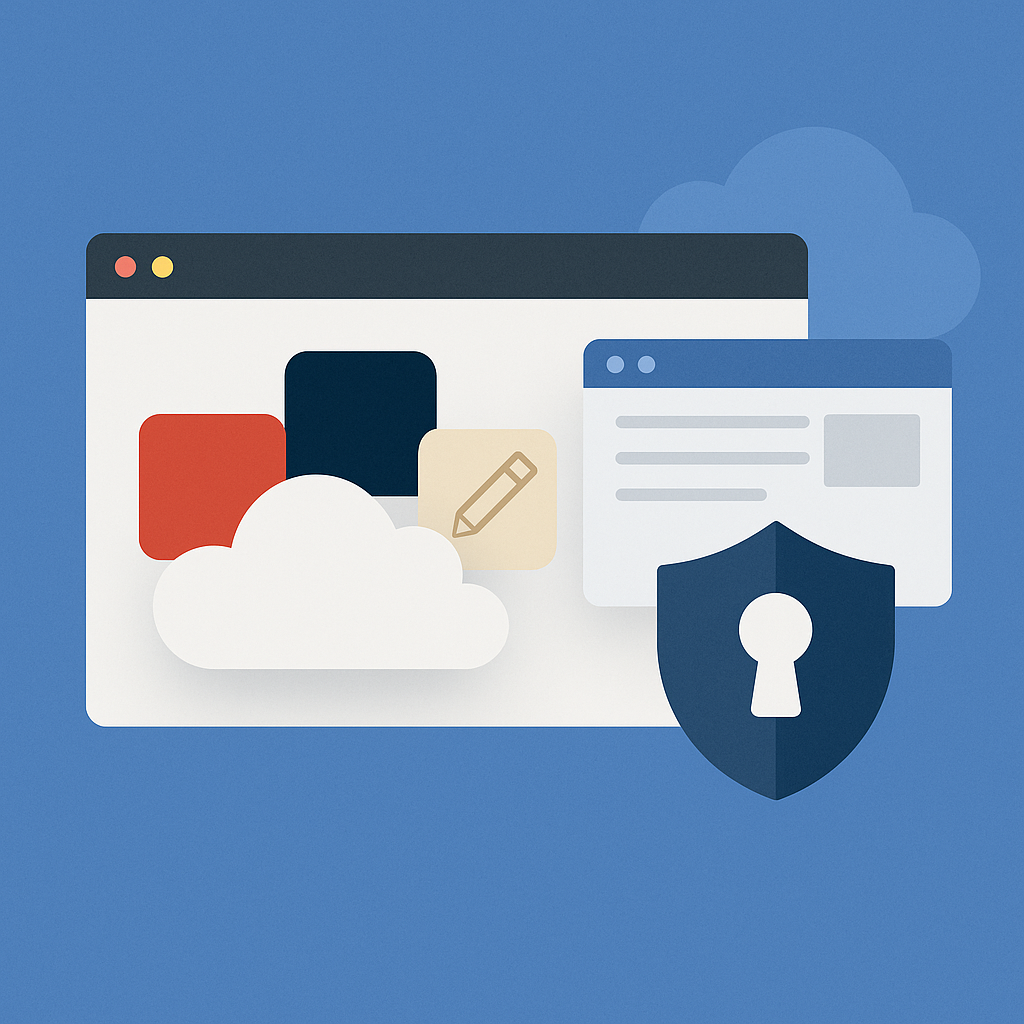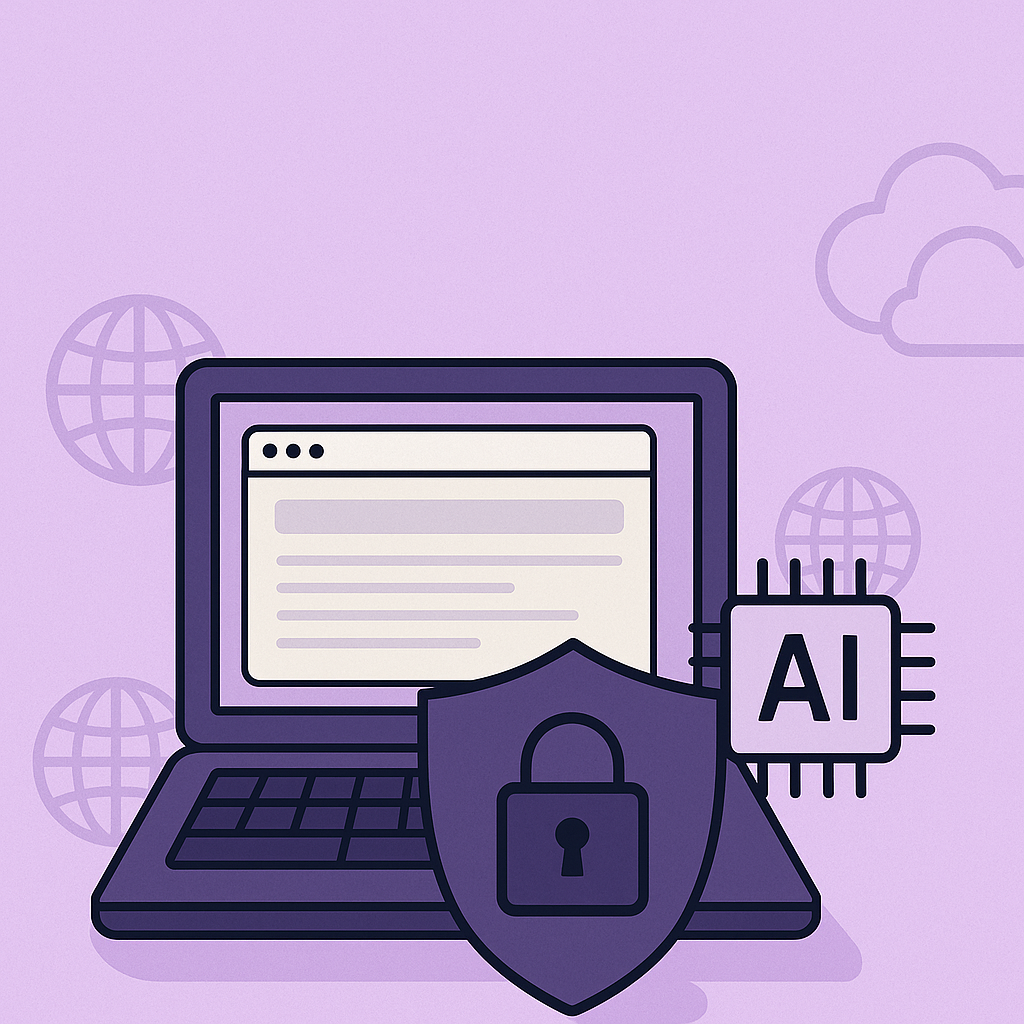The healthcare industry isn’t new to desktop virtualization and virtual desktop infrastructure (VDI)—it was one of the first to adopt it. Originally, healthcare organizations deployed VDI on-premises to give healthcare professionals secure access to patient records from multiple devices and locations. However, as those traditional VDI solutions are becoming outdated, organizations are increasingly making the switch to cloud-based VDI. According to a recent report by Allied Market Research, in fact, the cloud-based VDI market is going to reach over $10 billion by 2023, up from $3.6 billion in 2016. Demand from the healthcare sector is one of the primary drivers of this growth.
So, why are healthcare companies starting to put traditional VDI on the shelf? It’s pretty simple— VDI is extremely complex and expensive. Not only do companies need to invest in the hardware to support VDI environments, but also the technical expertise to manage those. Add to that the fact that IT departments are constantly being asked to do more with less. Simply put, it’s only natural that organizations are now looking to leverage the economies of scale the cloud has to offer when it comes to running their end user computing environments.
4 Benefits of Cloud-based VDI
At the core, traditional VDI and its cloud-based counterpart are very similar—they both involve running and managing virtual desktops on infrastructure in a centralized data center environment. However, the benefits of migrating desktops and applications to a hyperscale cloud are becoming clearer every day. Some benefits include:
- Security: Any healthcare CIO understands the importance of securing patient data, yet the number of data breaches in the industry is rising year-over-year. While there was a decrease in massive breaches like the 2015 Anthem incident in 2017, the overall number of smaller breaches increased. Hacking and IT incidents accounted for the large majority, according to HIPAA Journal. In light of this, many CIOs are coming to realize that public cloud providers can provide better security than they can on-premises with cloud-based VDI.
- Compliance: Being one of the most highly regulated industries, it’s no secret that compliance is a huge headache for healthcare organizations. Meeting regulatory standards is a costly endeavor, too. According to the American Hospital Association, average-sized community hospitals spend over $38 billion each year on administrative costs alone to comply. These costs can be significantly reduced in the cloud, as the major vendors offer the best-in-breed of compliance. Google Cloud, for instance, undergoes regular third-party compliance audits, and encrypts data at-rest by default. In addition, Google’s Business Associate Agreement (BAA) for HIPAA compliance covers Google Cloud Platform’s (GCP) entire infrastructure
- Mobility: Doctors and nurses are always on the move—from patient rooms, labs and even offsite visits, and they need secure access to critical patient data from multiple devices. Cloud-based VDI enables healthcare professionals to access multiple applications and data in one cloud desktop wherever they are through a single sign-on. This saves workers a ton of time by eliminating the need to log into various systems. In addition, since the data resides in a secure cloud data center and not on the device, the risk of any compromise is reduced significantly.
- Patient care: Overall, providing the best patient care possible is the highest priority for any healthcare organization. With cloud-based VDI, professionals can work more efficiently without being tied to a single workstation or bogged down with time consuming administrative tasks. Fast and seamless access to data across multiple systems and from a single cloud-based workspace also enables professionals to make more informed decisions about their patients’ immediate and unique needs.
While the benefits of cloud-based VDI are becoming clearer to healthcare CIOs, getting VDI to work in any data center can be a challenge. Desktop virtualization consists of many moving parts, after all. To realize the true benefits of migrating VDI environments to the cloud, organizations need an end-to-end automation, orchestration and management platform like itopia Cloud automation Stack (CAS). itopia CAS integrates directly with Google Cloud, allowing IT administrators to deploy and manage cloud desktops from an intuitive self-service web dashboard, while eliminating manual configuration of the supporting cloud infrastructure. Besides reducing the complexity of deploying and managing VDI in the cloud, CAS also enables companies to significantly reduce to the high costs associated with it.
To learn more about moving desktops and applications to Google Cloud with itopia CAS, schedule a demo.



